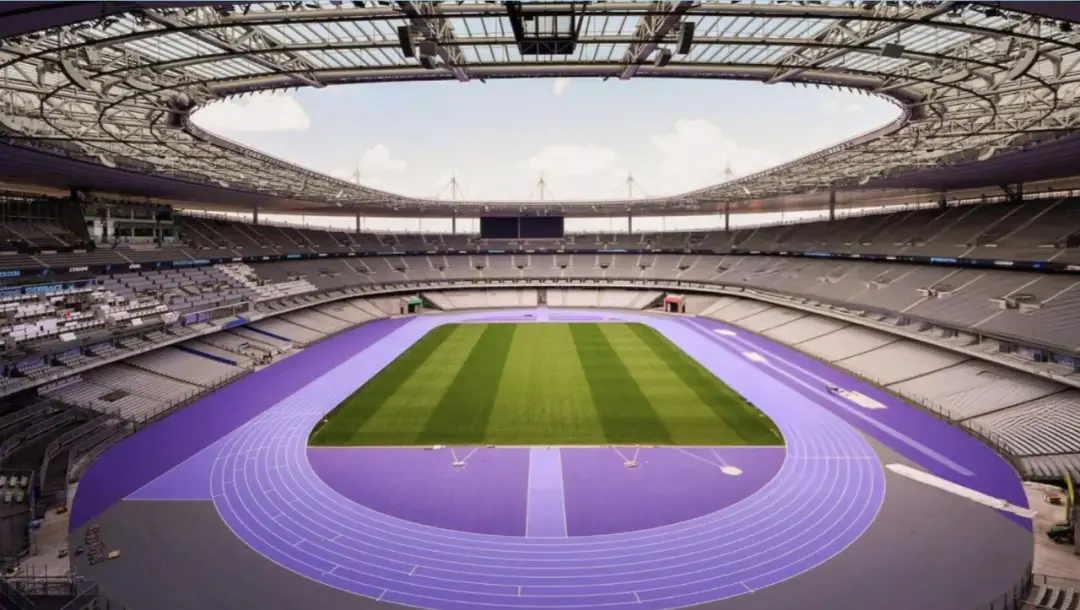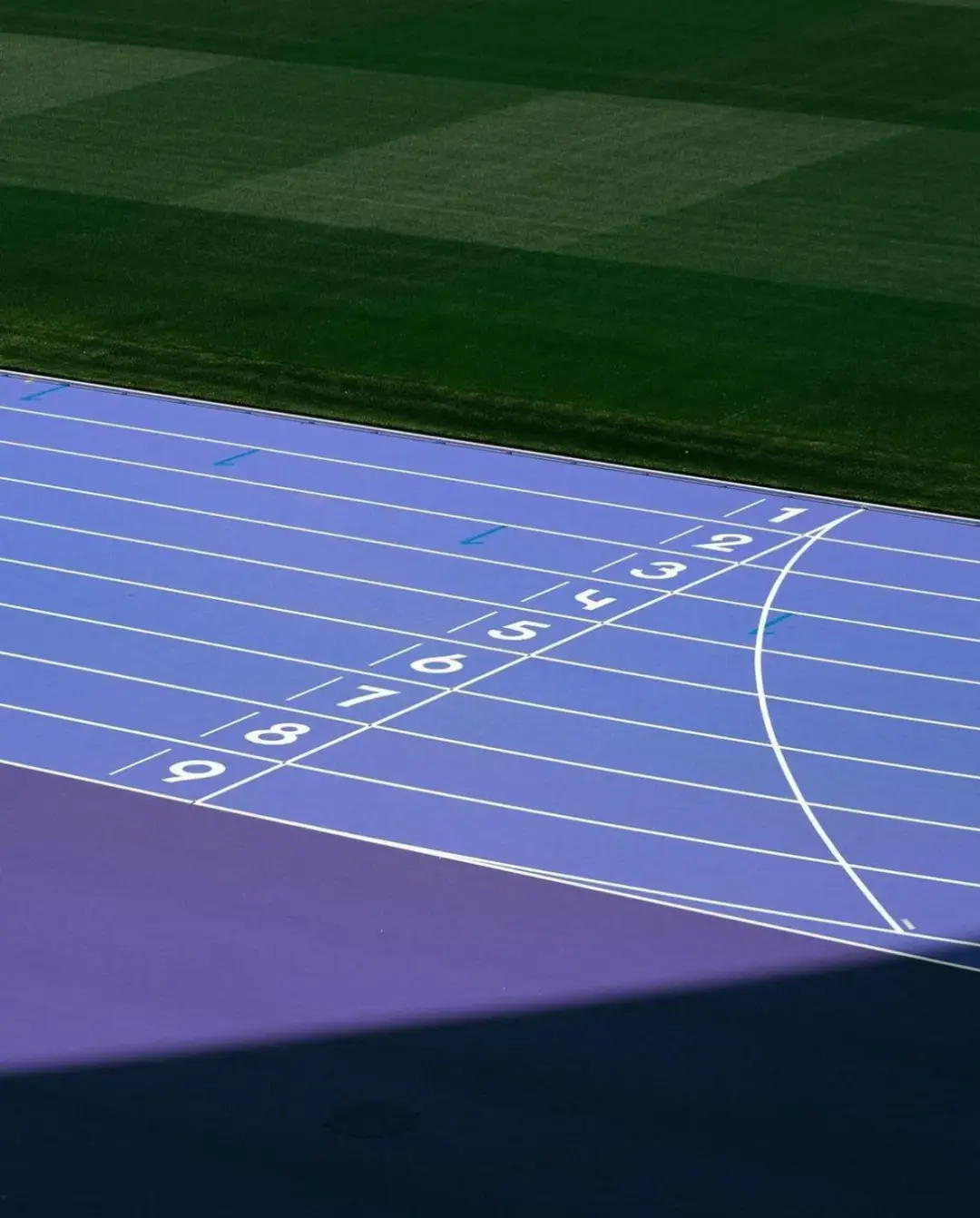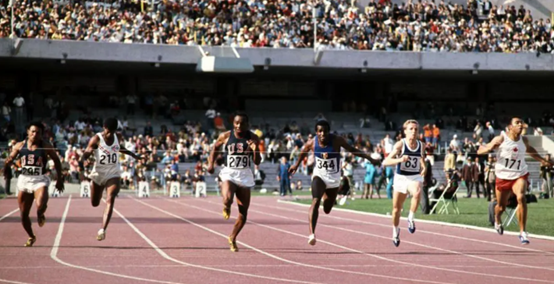The Most Beautiful Olympics Track
In the eyes of most people, athletics tracks seem to have little difference. However, when the Olympics Games open in Paris on Friday, it will be difficult to miss the purple track at the Stade de France. Describing its colour as “audacious”, Maurizio Stroppiana, whose company made the track, says it will help people “instantly recognise” the Paris Games.

Installation and Manufacturing of the Track
It took 10 wet and cold weeks to lay the track at the Stade de France after the Rugby World Cup ended last year. “Finally, when we see it installed, it’s absolutely beautiful,” says Mr Stroppiana, whose Mondo Group, based in the Italian town of Alba, has made every Olympic track since 1976.
The company, named after its founder Edmondo Stroppiana, began making rubber bicycle tyres in post-war Italy, moving into tracks in 1972. It says the Paris track is its fastest yet, 2% faster than Tokyo’s in 2020.

Structure and Advantages of Polyurethane Track
A polyurethane track is a modern sports facility composed of multiple layers, including:
1. Base layer: Typically made of asphalt or concrete, providing a stable foundation for the track.
2. Polyurethane bottom layer: Usually a mix of of polyurethane and rubber granules to ensure high elasticity and shock absorption properties of the track.
3. Polyurethane top layer: A mixture of polyurethane and EPDM rubber granules, making the running track anti-slip and abrasion-resistant.
MDI-50 is commonly used in the manufacturing of polyurethane tracks. Known for its high reactivity, excellent weather resistance, and environmental performance, MDI-50 can rapidly react with polyether polyols to form a tough polyurethane elastomer, with good resistance to UV and oxidation, and without harmful free TDI, making it more eco-friendly.
Beneath the purple lies a rubber track with two layers. The lower level has honeycomb cells that effectively absorb and feed back the energy, achieving the ideal balance of firmness and softness. The use of polyurethane ensures the track’s stability and durability, enabling it to withstand high-intensity use and harsh weather conditions.
In terms of environmental protection, polyurethane tracks have made significant advancements. For example, the Paris track incorporates 50% recycled materials, reducing environmental impact and enhancing the track’s sustainability. Such innovation demonstrates that modern polyurethane tracks not only have excellent performance but also meet the demands of environmental protection and sustainable development.
The Evolution of Tracks
Tracks have come a long way since Sir Roger Bannister ran the first sub-four-minute mile at the University of Oxford’s Iffley Road facility in 1954. Cinder tracks were a mix of clay, peat moss, or ashes from burning coal, harder and faster than dirt and grass running surfaces but susceptible to dirt cover in wet weather.
In 1963, the American company 3M broke through technologically by laying down an athletics track. Due to its effectiveness, tracks quickly gained international attention. The 1968 Mexico City Games were the first Olympics to use a polyurethane track. Subsequently, the International Olympic Committee formally included synthetic tracks as a mandatory requirement for international competitions. These tracks are clean, aesthetically pleasing, easy to maintain, and unaffected by weather conditions. Additionally, the elasticity of the synthetic material can enhance the rebound force when athletes push off the ground, ensuring high knee lifts and increasing stride length.

Environmental Protection & The Future
Modern running tracks are not only constantly upgrading in performance but also making progress in environmental protection. The track in Paris is made up of 50% recycled materials. Sports Group has the Rekortan brand, which has a surface made from a polyurethane derived from canola and rapeseed oils.
With technological advancements, the future of athletic tracks lies not only in a variety of colors but also in improving environmental performance. So whether red or purple, the athletics will usher in a faster, safer, and greener future.